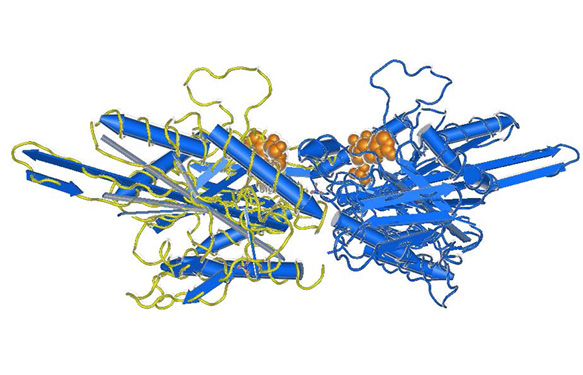This is the conclusion of Liu X. et al. who demonstrated, in a mouse model, that RhoA/ROCK signaling pathway modulates insulin secretion of 3D cultured islet pancreatic ß-cells. This modulation is made through the regulation of Connexin 36.
Cell-permeable C3 transferase (C3T; Cytoskeleton Inc.) and the small molecule Y-27632 ROCK inhibitor (Stemgent-Asterand) were used in these studies.
External links regarding RhoA/ROCK in insulin secretion of pancreatic ß-cells
- Liu X. et al. “Involvement of RhoA/ROCK in insulin secretion of pancreatic ß-cells in 3D

Western blot detection of RhoA (cat. nr ARH03) in cell extracts (50 µg each) of rat NRK cells (lane 1), human HeLa cells (lane 2), bovine brain extract (lane 3), and human platelet cell extract (lane 4). culture” (2014) Cell Tissue Res. DOI: 10.1007/s00441-014-1961-2
- Cell permeable C3 transferase (cat. nr CT04), inhibits cellular Rho within 2-4h
- Selective Rho Kinase (ROCK) inhibitors and anti Human RhoA antibody (a Mouse monoclonal that only recognizes RhoA, not RhoB, RhoC, Rac1, Rac2, Rac3, Cdc42 or H-Ras).
I hope you will enjoy this new publication. Don’t hesitate to leave your comments or remarks regarding the use of bioactive small molecules in signal transduction studies.



